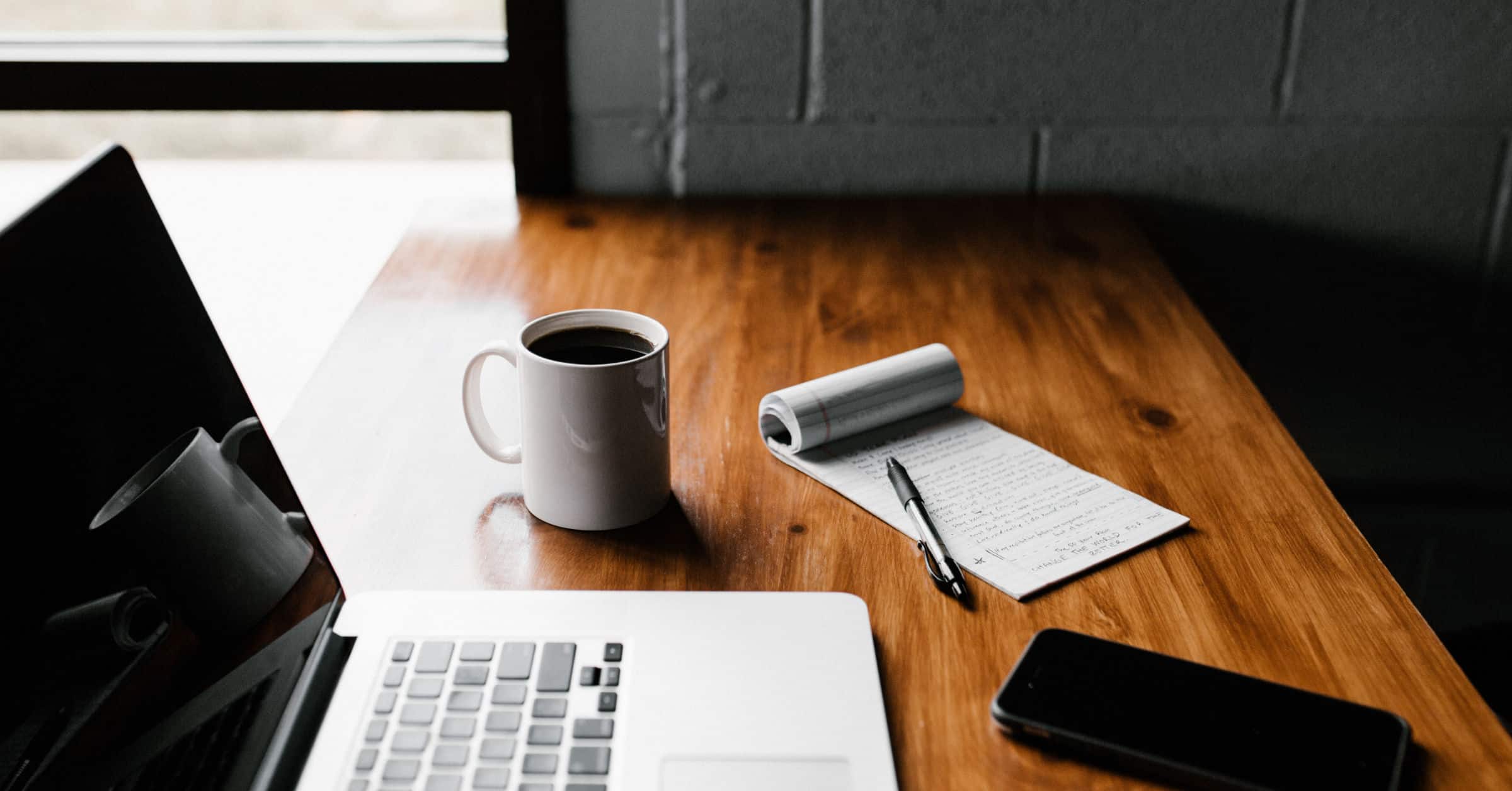The traditional office space can be described as a cubicle or office with a desk, chair, and computer. However, the traditional office space has started to evolve for some. If you look at tech companies like Google, their office spaces are far from “traditional.” More and more businesses, especially those that have a large number of millennials on staff, are leaning more towards this open office concept where there are no defined spaces. Instead workers are free to sit where they please and wherever sparks the most motivation and focus. Now in recent times, the office space has once again evolved into something a little more secluded. However, instead of going back to the traditional setting, millennials and many others have found their offices in their own home.
When COVID-19 made its way to the United States, businesses began shutting down or transitioning to a remote work setting, if possible. Some of us have now found ourselves in a whole new working environment away from our office mates and in the comfort of our own homes. For some this was a welcomed change. For others this change may be less than productive. For myself, I found that I enjoyed working from home. I was more focused on the task at hand and what I needed to get done throughout the day. However, I can’t speak for every millennial in this situation, so I once again reached out to my friends, I asked them if they worked from home due to or before the pandemic. I also asked them if they preferred working from home over a traditional office setting and what they did for a living. I had quite a few friends respond. Some opted to leave their traditional settings to work from home before the pandemic, others decided to start their own business out of their home, but the majority found that this was their new normal as a result of the pandemic.
Many of those commenting found it difficult to deal with balancing and finding the divide between work life and home life. Several of them also mentioned that they got burnt out because of the continued work mode they found themselves in. They missed the face to face interaction with members of their teams and have even found struggles in keeping their team members motivated. Those with children struggle because their kids may not understand the situation completely and required their parent’s attention, although they are attempting to set boundaries to help with this. Some have welcomed the extra time to spend with their significant others and children, but still find that they are getting burnt out. However, despite these challenges they may not want to return to the traditional setting full time even after the pandemic is over. Providing a mixture of remote work and in-office work gives them a chance to avoid burn out on either end and may empower them to stay more focused and motivated. As for their office set up in their homes, they all provided very different answers. Some preferred a private space to make it feel less like home. Others created an office space where they could still interact with their families while others had a space designated for their home office but wouldn’t consider it a “formal” office space. No matter what setting you prefer or what generation you belong to, I feel that we are all facing challenges with our office settings these days while trying to figure out what the new normal will be going forward.





